
Social housing means "I can breathe again" say residents
Dezeen speaks to residents of new council housing in London about what their homes mean to them as part of our Social Housing Revival series.
"When I got here, I was just really in shock because it is absolutely beautiful," said Amanda Bennett*, a mother-of-three who recently moved into a new council house near south London's Old Kent Road, in a development designed by Pollard Thomas Edwards and Concertus for Southwark Council.
"I've never been as happy," Bennett told Dezeen.
"It's such a weird feeling"
Bennett and her children previously spent 12 years in a one-bedroom flat, bidding unsuccessfully for social housing where they would have more space.
"Our old flat had condensation because it was overcrowded and my back was breaking from having to move things around constantly," she recalled.
"It was such a tight area, so there was hardly any space for the children to play and my son couldn't get homework done – he went backwards at school quite quickly."
"Really and truly, he just needed some space and a good night's sleep, but it's impossible when the baby's crying, it was just chaotic."
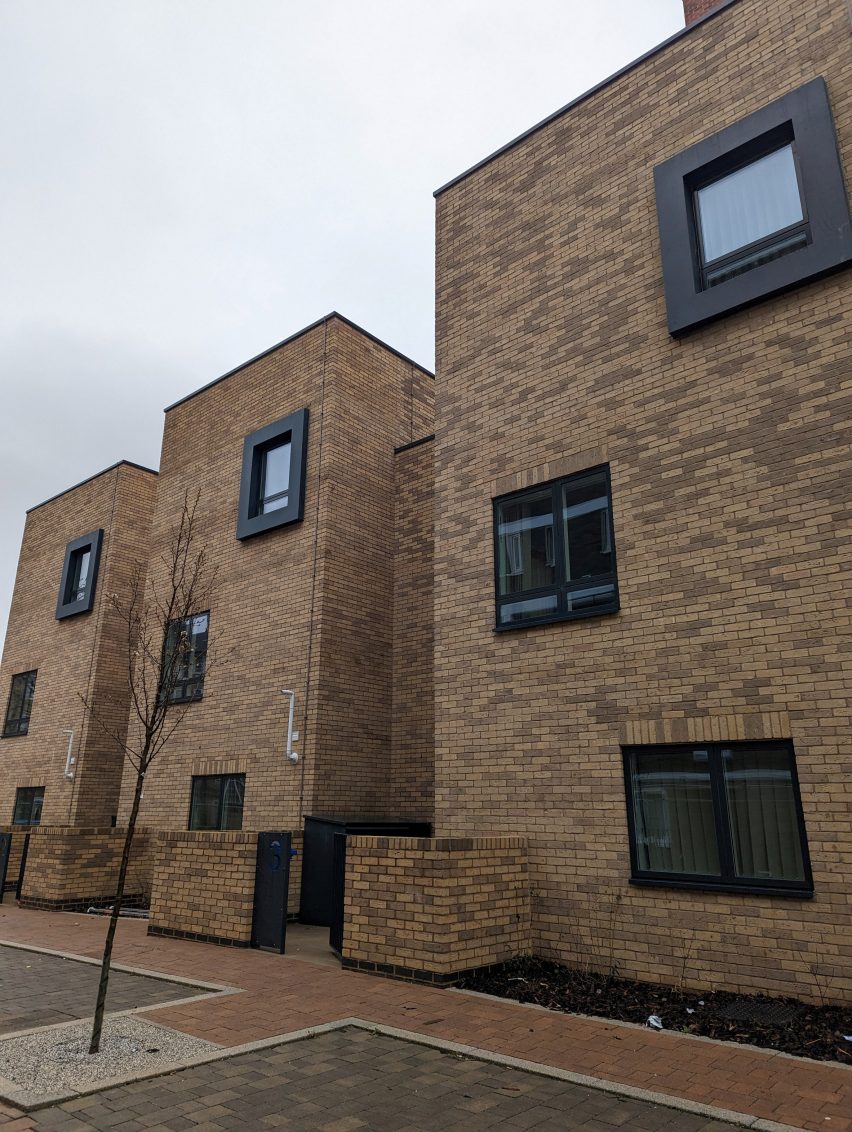
Named Wouldham Court, the 21-home scheme on a former garage site is aesthetically functional, but for Bennett and her family it has been life-changing.
"It's such a weird feeling – I feel like I can breathe again," she said.
In the decades following world war two, local councils were the UK's primary builders of new housing. In 1953, they completed 245,000 homes – 75 per cent of all homes built in the country.
This era came to an end in the late 1970s when Margaret Thatcher's government cut funding for new council housing and introduced Right to Buy, which saw millions of homes sold off to tenants at a discount.
By 2000, the supply of new council housing had dwindled to a tiny trickle. Between 2005 and 2010, London's 33 local government bodies built just 90 homes between them.
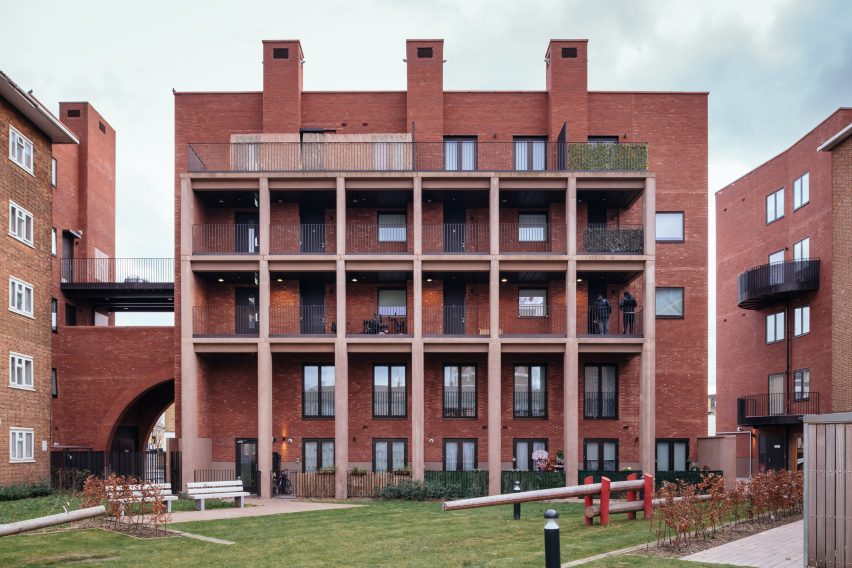
However, in recent years, following a series of reforms to financing and borrowing rules plus targeted funding from London mayor Sadiq Khan, councils in the UK capital have launched a mini-renaissance in house-building.
In 2022/2023, they started a combined 11,000 homes.
As well as helping to meet London's enormous affordable-housing need, some of the city's new council housing is among its most significant contemporary architecture.
Henley Halebrown's intervention to deliver 45 homes on the Frampton Park Estate in Hackney, including 16 council homes for social rent, won a RIBA National Award in 2023.
Arranged over three blocks ranging from five to seven storeys that are connected by bridges, the project used small bricks to reduce material weight and timber-aluminium hybrid windows and solar shading to reduce overheating.
"When I saw the property, I was shocked"
Taxi driver Abbey Alebiosu was the first tenant to move into the scheme three years ago. He rents a two-bedroom maisonette, which he shares with his wife and adult son.
"When I saw the property, I was shocked because I was expecting it to be one of those little boxes, but what they built was really, really surprising," said Alebisou.
"I was really impressed with them to have built something of such a good standard. My son would not be able to stay in London if we did not have this place."
Their total rent and service charge bill is currently £641 a month – significantly less than it costs to rent a private room in most of the borough.
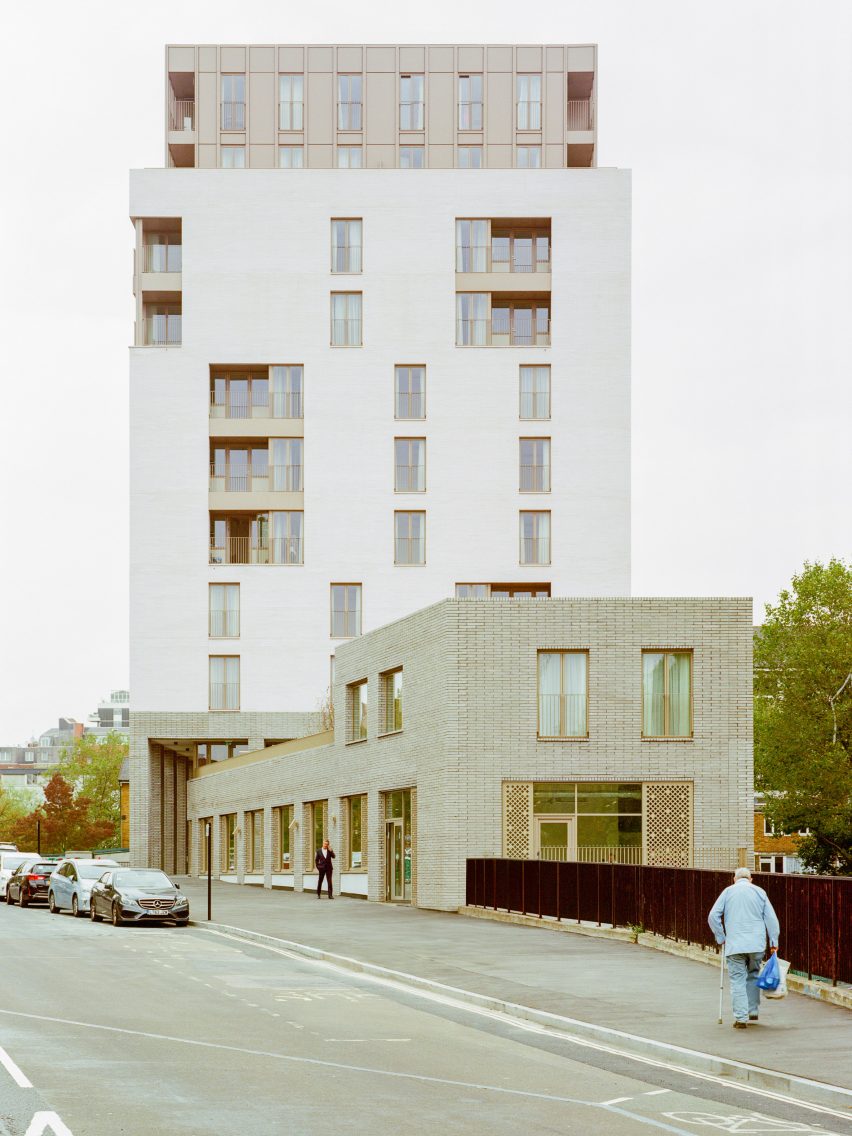
Across town just off Edgware Road, Daventry House is a 10-storey block of homes designed by Stirling Prize-winning studio Mae Architects for Westminster Council, which completed last year.
It is an area of the city better known for ultra-prime residential development than social housing, but nearly all 60 flats are let to tenants at social rents.
Many of the residents are former council tenants who have moved from Penn House, an ageing block nearby that had started to suffer from serious disrepair.
One such resident is Charles Curtis, who now lives on the 10th storey of Daventry House. He said that Penn House was a difficult place to live, and that his life has greatly improved in the new building.
"I wanted the flat on the top floor because you get such great light," Curtis told Dezeen. "I see the sunrise and the sunset from here."
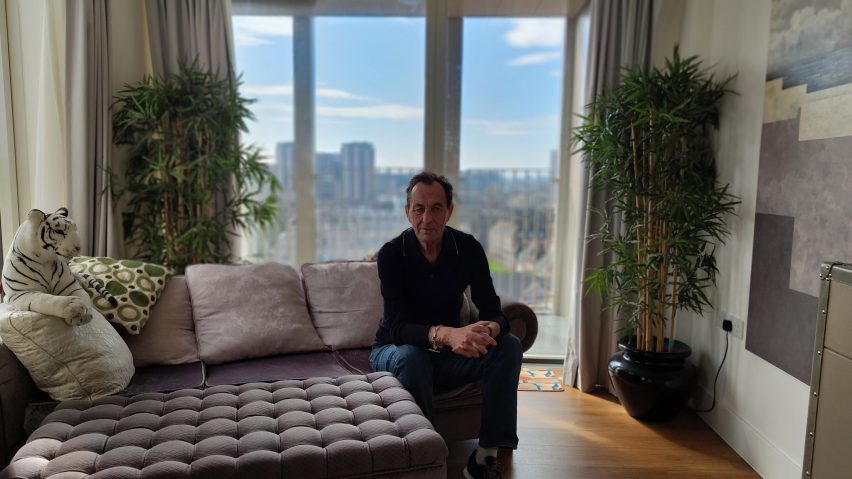
The view from his window is a panorama of London, from Wembley Stadium to the London Eye.
"You think about how much this place would cost if it was private," he said. "I am very fortunate that I have what I have here."
London has been the epicentre of council housing's re-emergence in the UK, but it is not the only place where high-quality, low-rent municipal homes have had a transformational impact on residents' lives.
One notable example is Goldsmith Street, a street-based Passivhaus project owned by Norwich City Council that won the Stirling Prize in 2019.
Architect Mikhail Riches received a letter from a resident of the development describing how her new council home has meant she no longer relies on food handouts to eat, and has been able to entertain friends for the first time in as long as she can remember.
Mikhail Riches told Dezeen it has also heard stories of residents who have been able to pay off long-standing debts after moving into Goldsmith Street.
Post-occupancy analysis by the studio found that a third of residents had experienced improvements to their health, citing reduced requirement for medication, better sleep, less anxiety and improved respiratory illnesses.
Not everyone is satisfied though. Dezeen also spoke to a wheelchair-using resident of Daventry House who said his storage is out of reach, the bathroom is difficult to use and that a lip on his front door means he cannot leave the flat unaided.
Westminster Council said it will investigate the issues and fix any defects where necessary, and Dezeen saw emails shortly after our visit showing that works had been approved to his flat.
The case does, however, reflect dissatisfaction experienced by many social housing residents in the UK, with decades of restricted investment meaning that a significant minority of existing homes – particularly older ones – are beset with issues.
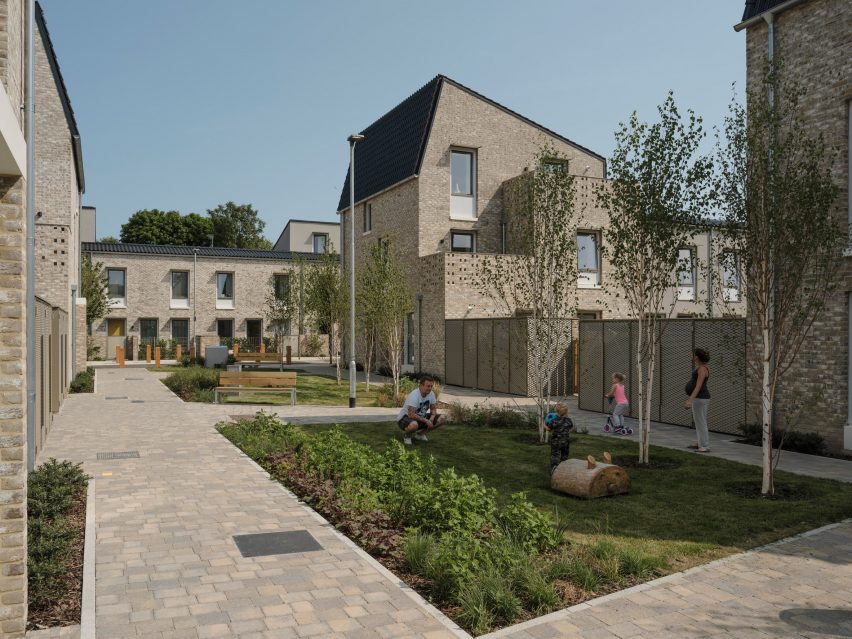
Councils and housing associations are also often criticised for poor management practices.
Dezeen asked Newham Council about speaking to residents at its Neave Brown Award-winning McGrath Road scheme, designed by Peter Barber Architects and completed in 2019.
But the authority declined, saying it is working through "ongoing issues" at the estate.
Meanwhile, economic headwinds mean councils' progress on new housing has slowed, as major cities including London struggle more than ever to retain key workers and families are increasingly priced out.
Bennett is hopeful that the social-housing revival continues, however.
"Everyone needs the chance to at least live a nice life, and an opportunity to do the best they can," she said.
*This name has been changed.
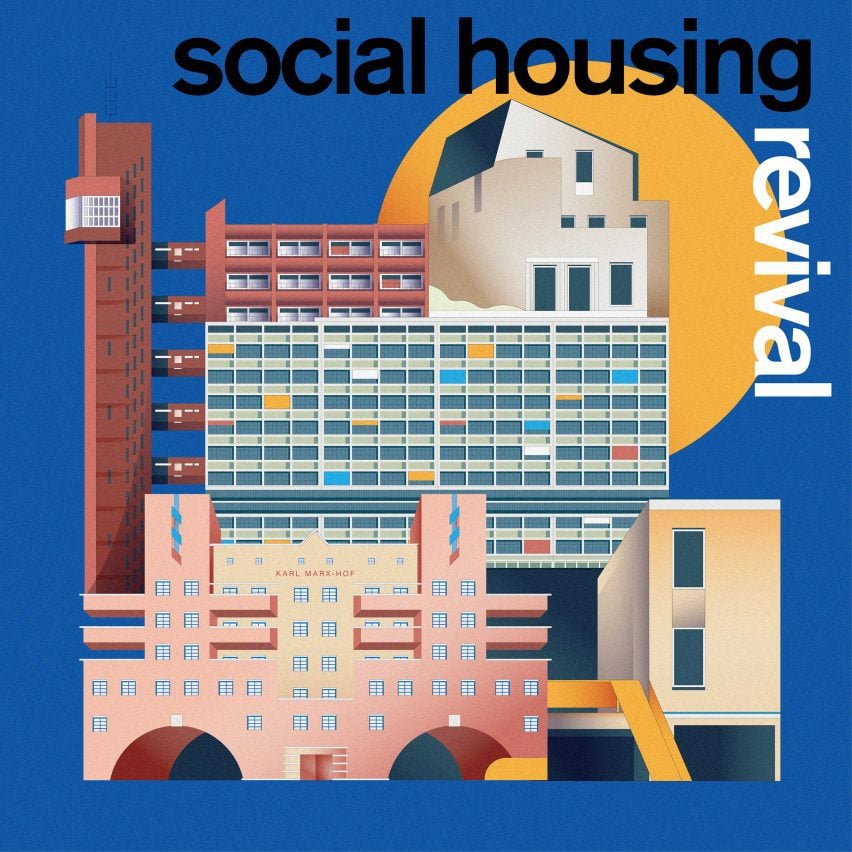
Social Housing Revival
This article is part of Dezeen's Social Housing Revival series exploring the new wave of quality social housing being built around the world, and asking whether a return to social house-building at scale can help solve affordability issues and homelessness in our major cities.